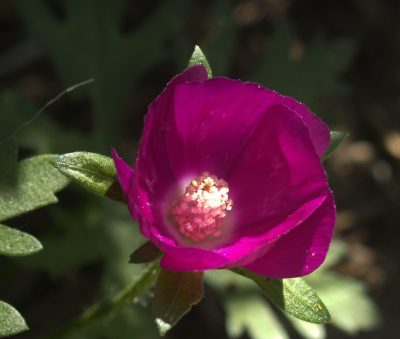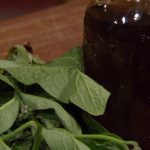What is this growing in my garden? Is it harmful?
Thanks to David McNiel for this great question! He found this odd growth in mulched pathways and garden beds. Is it harmful and what should he do?
It is slime mold. With all the rain we’ve had this spring 2012, and with temperatures so warm, this substance has been showing up in many gardens. In fact, my friend Mike, who works for the Austin Fire Department, recently told me that he responded to a call from a school to check on a possible “hazardous material” found on the children’s playground. What did it turn out to be? Slime mold.
Slime molds are unique creatures that don’t fit into any categories that we’re familiar with. Although they have fungus-like characteristics, they aren’t fungi. They exist in nature as a “blob” that is often bright yellow, and even sometimes red.
Their preferred food source?Bacteria. They occur when there is high relative humidity and relatively warm temperatures: exactly the conditions that we had in spring 2012.
They are not harmful to humans or animals. And they’ll run their course fairly quickly, so there’s no need to do anything about them, unless you can’t stand to look at them. If that’s the case, simply remove and toss them in the garbage or compost pile, or just break them up with a rake or a strong jet of water.
If slime mold returns, even when we aren’t getting rain, it would be because the area is being over-irrigated.

 Monica Gaylord
Monica Gaylord Susan Orlean
Susan Orlean Daphne Richards
Daphne Richards
 Trisha Shirey
Trisha Shirey Weed Teas
Weed Teas